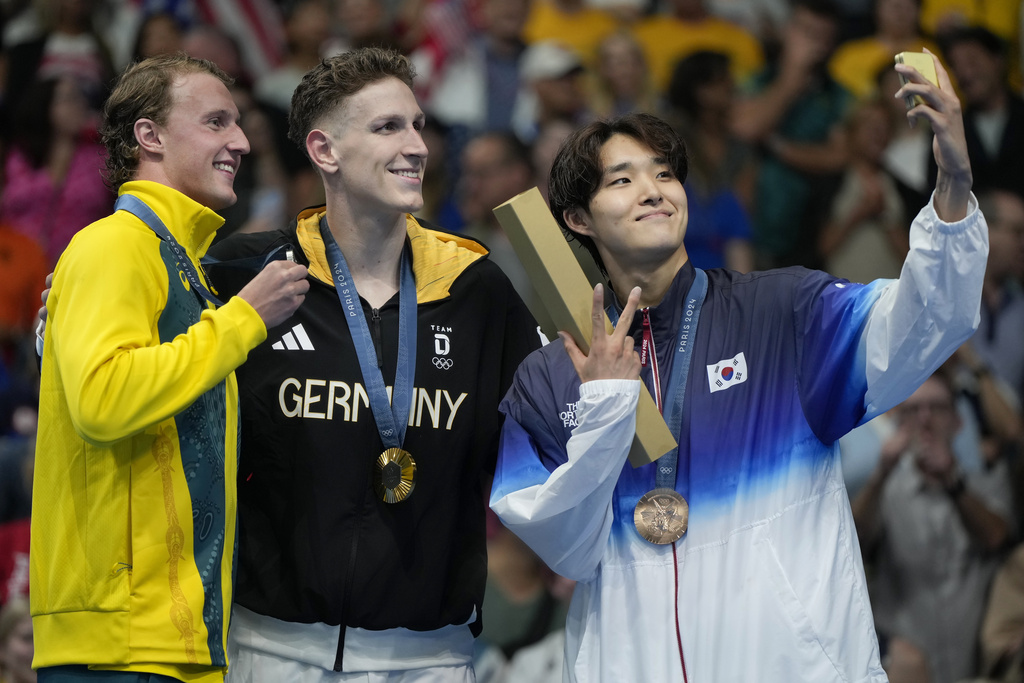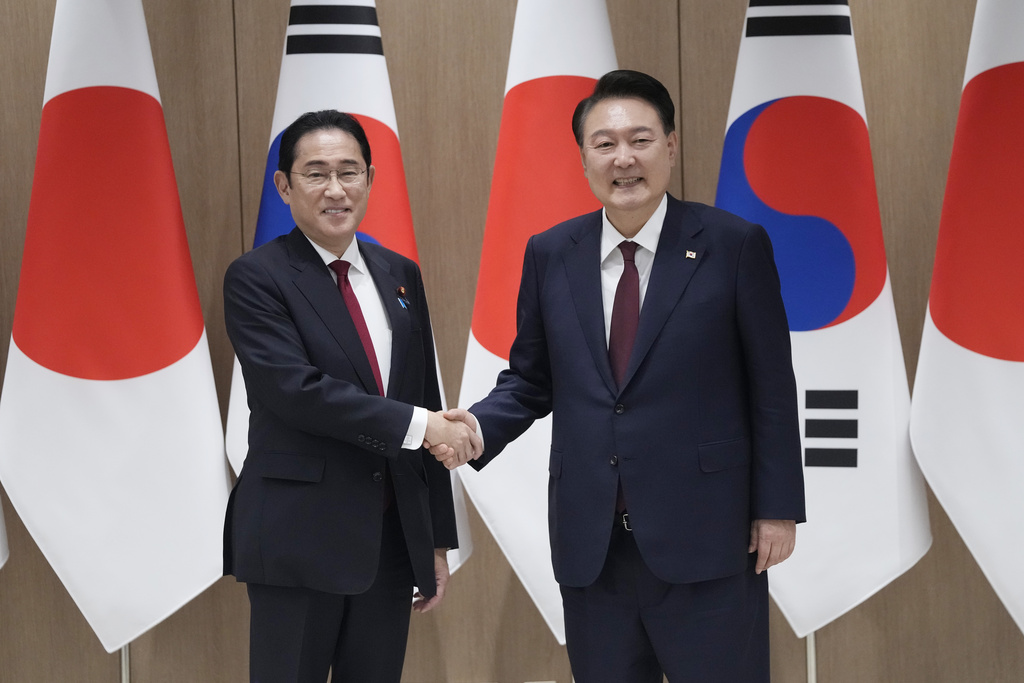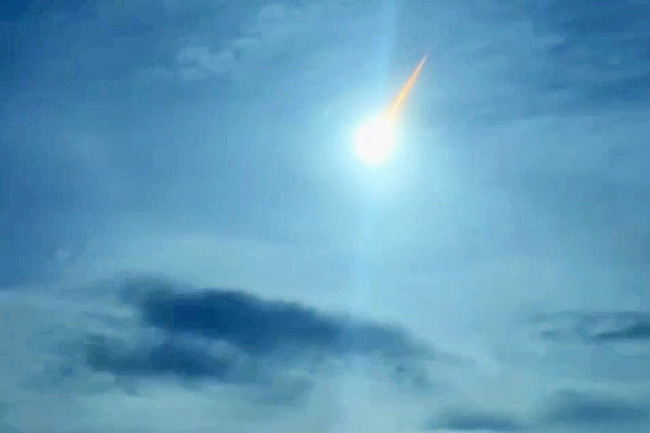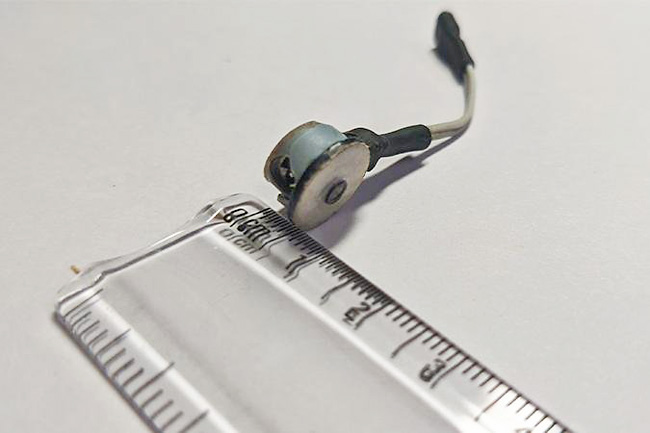LOS ANGELES (AP) — After striking for over a month, video game performers have reached agreements with 80 games that have signed interim or tiered budget agreements with the performers’ union and accepted the artificial intelligence provisions they have been seeking.
Members of the Screen Actors Guild-American Federation of Television and Radio Artists began striking in July after negotiations with game industry giants that began more than a year and a half ago came to a halt over AI protections. Union leaders say game voice actors and motion capture artists’ likenesses could be replicated by AI and used without their consent and without fair compensation.
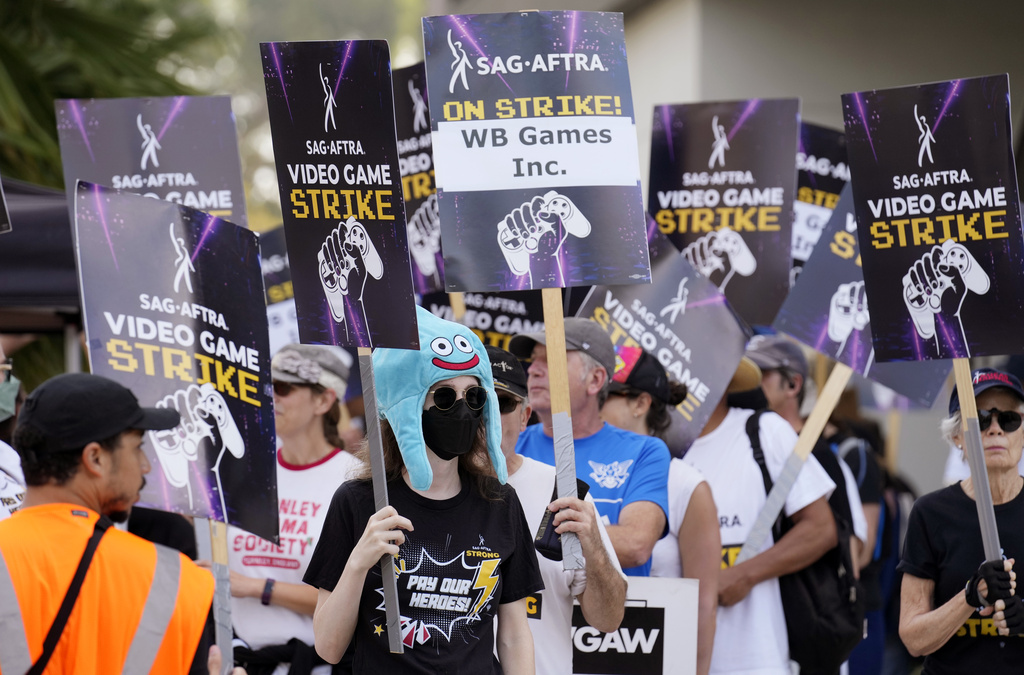
SAG-AFTRA announced the agreements with the 80 individual video games on Thursday. Performers impacted by the work stoppage can now work on those projects.
The strike against other major video game publishers, including Disney and Warner Bros.’ game companies and Electronic Arts Productions Inc, will continue.
The interim agreement secures wage improvements, protections around “exploitative uses” of artificial intelligence and safety precautions that account for the strain of physical performances, as well as vocal stress. The tiered budget agreement aims to make working with union talent more feasible for independent game developers or smaller-budget projects while also providing performers the protections under the interim agreement.
Duncan Crabtree-Ireland, SAG-AFTRA’s national executive director and chief negotiator, said in a statement that companies signing the agreements are “helping to preserve the human art, ingenuity and creativity that fuels interactive storytelling.”
“These agreements signal that the video game companies in the collective bargaining group do not represent the will of the larger video game industry,” Crabtree-Ireland continued. “The many companies that are happy to agree to our AI terms prove that these terms are not only reasonable, but feasible and sustainable for businesses.”
The union announced Wednesday that game development studio Lightspeed LA has agreed to produce current and future games, including the popular title Last Sentinel, under the union’s interim agreement, meaning it can also work with union talent as the strike persists.

